The impossible complexity of choosing a safe new car in Australia in 2018
ANCAP (the crash testing dudes) have lost the plot, and it's time we said 'enough' to their mentally retarded safety ratings nonsense. Because they used to make sense.
Let’s say you’re an average dude who wants a safe car. Just three years ago, you could have gone to ANCAP and found a five-star car. It was simple.
You could trust that this car would best protect you in that grim instant when the traffic environment conspired to chalk you up on the pavement.
That was up to about 2015. But today - the whole star rating system has been epically mis-managed, and is adrift on an ocean of bullshit.
It’s like the system has been handed off to a team of former soviet socialist bureaucrats - the ones who thought it was good to cut costs by building a nuclear reactor in a tin shed, as opposed to a concrete critical excursion containment structure.
What could possibly go wrong?
When 5-star means 3-star
Let me give you an example: Go to ANCAP now and search for Subaru Impreza. It says all variants of the current Impreza are five stars. Perhaps, based upon this information you go and buy the current base model. You think you’ve got a cutting-edge safe car, because you’ve seen the stars.
Above: Base model Subaru Impreza lacks the EyeSight safety suite of equipment and would therefore probably earn a maximum of three stars if tested to today's criteria - despite the fact that it crashes very well. (Base model only.)
Base-model Impreza crashes very well. Full marks in the side impact test and the very severe pole test, and 14.8 out of 16 for the offset frontal crash test. If I was going to crash, I’d want to be in a car like that.
But because of new batshit-crazy ANCAP protocols that continuously change, rendering comparative assessment spectacularly meaningless, the base model Impreza, and plenty of other notionally five-star cars, would only earn three stars today.
So the same car tested today would earn three stars. You go to ANCAP and see three stars versus five and draw completely erroneous conclusions about relative crashworthiness.
It’s because these cars lack the so-called ‘safety assist’ technologies - the auto emergency braking, the lane-keeping assistance. Features like that.
False equivalence
ANCAP’s current dipshit rating system sets up a disgraceful false equivalence between protecting you in a crash, and allegedly protecting you from a crash. And that’s bullshit.
According to ANCAP CEO James Goodwin:
"Previously, what differentiated the good from the bad was the physical crash performance ... today the point of differentiation is active safety features and technologies. The sort of technologies that will help you avoid the crash in the first place." - James Goodwin, CEO, ANCAP
Mr Goodwin’s imputation in the video on this page >> seems pretty clear: He says cars all crash well today, and the difference lies in which ones help you avoid crashing. Seems like that’s the official position.
Avoiding a crash is a noble objective, but Mr Goodwin’s statement is epic bullshit in my view.
The inconvenient truth
In addition to those five-star cars that are really three-star cars if you tested them today, there’s the current Mustang, which, by any estimation, is inadequate in a crash. It’s also three stars, but this is limited by its crash performance.
“Insufficient inflation of both the driver and front passenger airbags caused bottoming out of the dummy heads.” - the Mustang, according to Euro NCAP
That’s EuroNCAP’s determination, cloned by ANCAP for ‘our’ Mustang. As they say in late-night infomercials: There’s more.
“The rear passenger was not well protected with POOR/WEAK protection for the head, chest and pelvis.” - the Mustang, according to Euro NCAP
High mechanism injuries to any of these regions can kill you quick, at the roadside. Therefore, this matters. So let me translate, for those of you who chose not to remain awake during applied physics:
The Mustang’s a death trap if you crash. Three stars, upgraded from two after adding the crash-avoidance voodoo, after being publicly humiliated. But still a safety shitheap.
This is not some obscure, cherry-picked example. It’s the Ford performance flagship, not some friggin’ Mahindra. It’s the couterfactual reality flying in the face of Mr Goodwin’s bullshit claim that crash avoidance is the difference between cars today.
3-star duel: Stinger Vs Mustang
Another three-star car until recently was the base model Kia Stinger - it’s since had a crash avoidance voodoo upgrade to five stars. But its crash performance was excellent from the get-go - it rated three stars on the base model because it lacked sufficient safety assist features for five stars.
Just a few months ago you could go to the ANCAP website and research Stinger base model against Mustang and draw the understandable but spectacularly erroneous conclusion that they were equally crashworthy because they were, at the time, both three stars.
"ANCAP results can be used to compare the protection offered to occupants and pedestrians across a range of the most common crash types for vehicles of similar size and weight (i.e. within the same vehicle category)." - ANCAP
That’s now breathtakingly untrue - a direct quote from the ANCAP FAQ page >> presumably there to inform punters about how to use the ratings.
Today, you can have a three-star car that crashes brilliantly, and a three-star car that’s a friggin’ death trap in a crash, thanks very much. Only a clinically retarded retarded ratings system would allows this actually to occur.
Like, you’ve gone to the website to find a safe car, and trusted these bozos to distil this complex issues of safety into a meaningful, simple rating system so that you might make an informed choice.
I’d suggest they have let you down rather badly.
Stars Vs calendar?
ANCAP is trotting out weapons-grade bullshit to defend the crap decisions they’ve made here. Dig deep and you’ll find they say you should look at the year labelled under the star rating, and they say simply that five star 2017 (for example) is safer than five-star 2015, or whatever.
So I went to the ANCAP FAQ page >> and looked at the top question:
“Of all the vehicles tested by ANCAP, which is the safest?” - ANCAP FAQ #1
The answer:
“Consumers should look for vehicles that have earned the maximum 5 star ANCAP safety rating as these vehicles offer a high level of protection and are equipped with effective restraint systems and life-saving safety features and technologies.” - ANCAP answer
No mention of the date. Oops a daisy… In fact, I had to wade through another 28 narcolepsy-inducing questions until I got to an - admittedly gibberish - explanation of how the year designation fits in:
“The year stamped within the ANCAP safety rating logo denotes the rating year requirements against which that vehicle was tested. As vehicle safety requirements increase each year, it is important consumers are aware of the year requirements against which a vehicle has been tested.” - ANCAP
I’m across this, and that kind of double-talk is confusing to me.
If I’m a consumer, I want to compare the safety of cars today. Right now. I want a level playing field. I don’t want to look up the year and cross-reference the protocols, interpret what that means, and take away the damn number I first thought of, while solving a Rubik’s cube behind my friggin’ back.
If we did this like science, I would expect experimental control. Not umpteen different bullshit benchmarks skewing the results, with the differences only really accessible to an applied physics nerd majoring as a research ninja.
Today, a three-star car can crash like a champion and offer you that lifesaving protection you really need … or it can also mean ‘death-trap Mustang’.
Consumers: still in the dark on AEB
Since 2016, to score five stars, cars have required six additional so-called safety assist technologies, or SATs. But - and this is kind of a big deal - those systems weren’t actually tested against any kind of meaningful standard.
Allegedly they only started performance testing things like auto emergency braking this year.
I’d want to know: Does it work at highway speeds? (They’re not even planning on using that in the ratings until 2020.) Does it see in the dark? Does it work in reverse? Et cetera. So on Planet ANCAP, AEB in 2016 or 2017 is different from AEB in 2018. Or AEB in 2020. Meaning: Additional brain strain for you. Less direct comparability.
This is unbelievably poor form.
Then there’s this whole issue of the false equivalence of safety assistance and systematic crash protection. They’re different things, and yet they are co-mingled in the rating system. Disgracefully.
Why not just separate them entirely? Have one rating for crashworthiness and another for crash avoidance. Empower the buyer instead of confusing the shit out of them. And update the old results, #FFS.
Risk homeostasis: Huh?
Here’s the fundamental problem with safety assistance technology generally: It’s called ‘Risk homeostasis’. Learn more here >>
It’s like this. You give a worker the fluoro jumpsuit to wear at the roadside, controlling the traffic. He often thinks: ‘I’m safer now; I don’t need to pay as much attention to those trucks.’ And thus the overall ambient level of risk trends back towards its pre-fluoro jumpsuit level (ish).
How many drivers do you suppose will use auto emergency braking as a justification to use their phone just a little more, to post that vital tweet, to SMS that essential dick pic to the boss’s secretary? Because it’s just not as imperative to be vigilant now, right? Because, hey, you’ve got AEB.
The car’s going to protect you. (We don’t need the concrete containment building. We’ve got the checklist ... it’s actually more of a set of guidelines, but, hey…)
Look at the depiction of AEB in current new car advertising. Carmakers are already endorsing a lack of driver vigilance as OK, or at least excusable, so long as nobody dies.
Volkswagen active safety ad excuses driving like a douchebag
Above: In the latest Polo ad, Volkswagen arseholes imply that it's OK to drive like a dangerous douchebag - provided you have the appropriate safety technology
Check out the admittedly clever way Volkswagen dismisses disgracefully negligent driving behaviour thanks to safety assist technology in this ad (right).
Safety assist technologies do not account for the human factors in driving. SAT plus vigilance = a real safety upgrade. But SAT on its own is just a toy. In fact, SATs undermine safety on some level, in some cases, because of risk homeostasis.
And nobody in the safety game has the balls to say that. Certainly not ANCAP.
By comparison, airbags and pre-tensioners just deploy. Crumple zones just absorb energy. You’re entirely independent of their impact on your safety - you’re not even a spectator, because it’s over literally before you know it.
And of course, safety assistance technology just doesn't help when a vehicle T-bones you at the traffic lights on a Friday night...
Conclusion
To James Goodwin, the boss of ANCAP, I’d say: People depend on ANCAP for reliable information that might save their lives. Therefore, this matters. Your current ratings are presented it in the manner of the instruction manual for maintaining the torpedoes on the Kursk. To me, that’s a violation of the trust you expect people to place in you.
Do something about it.




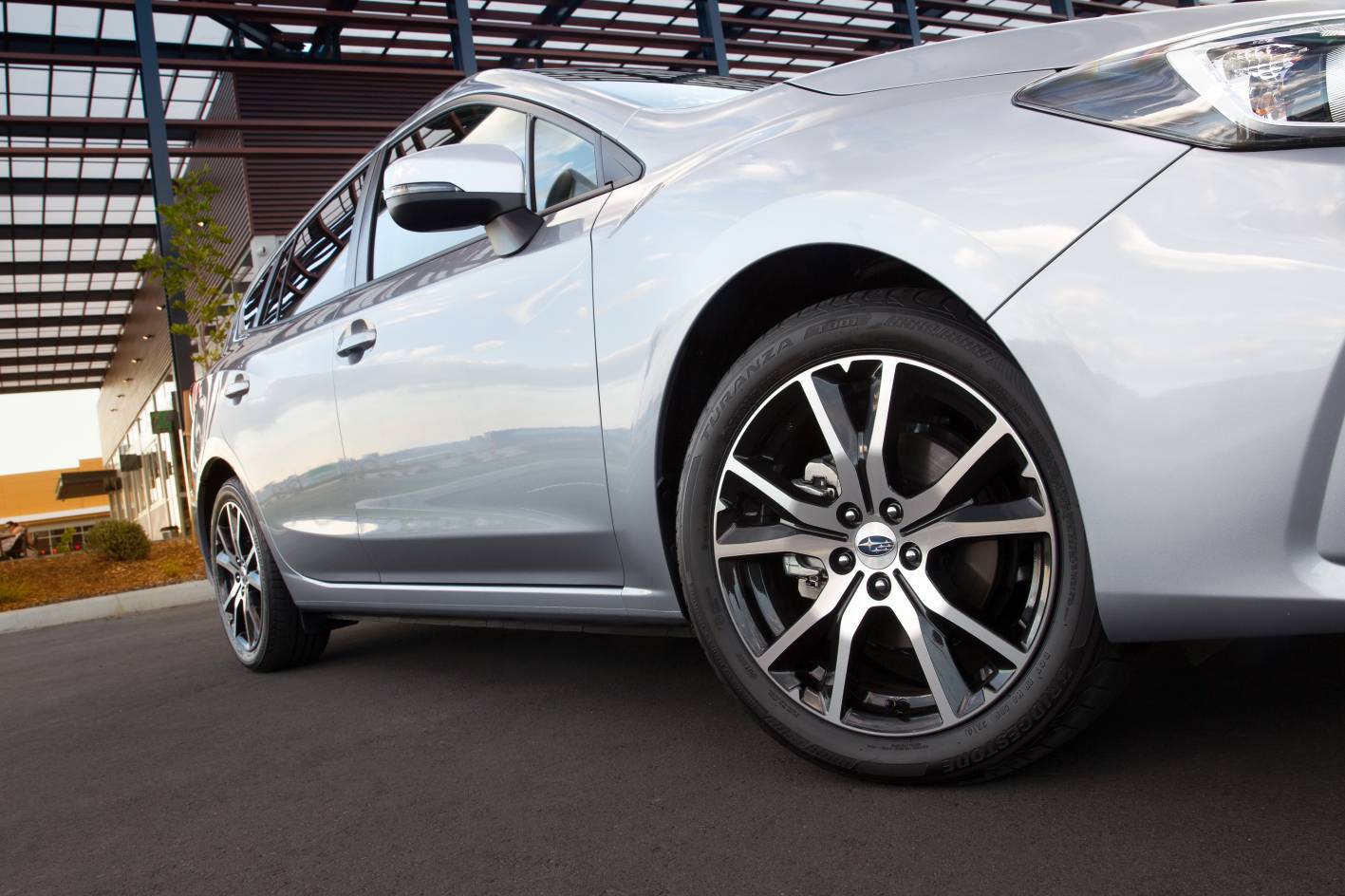

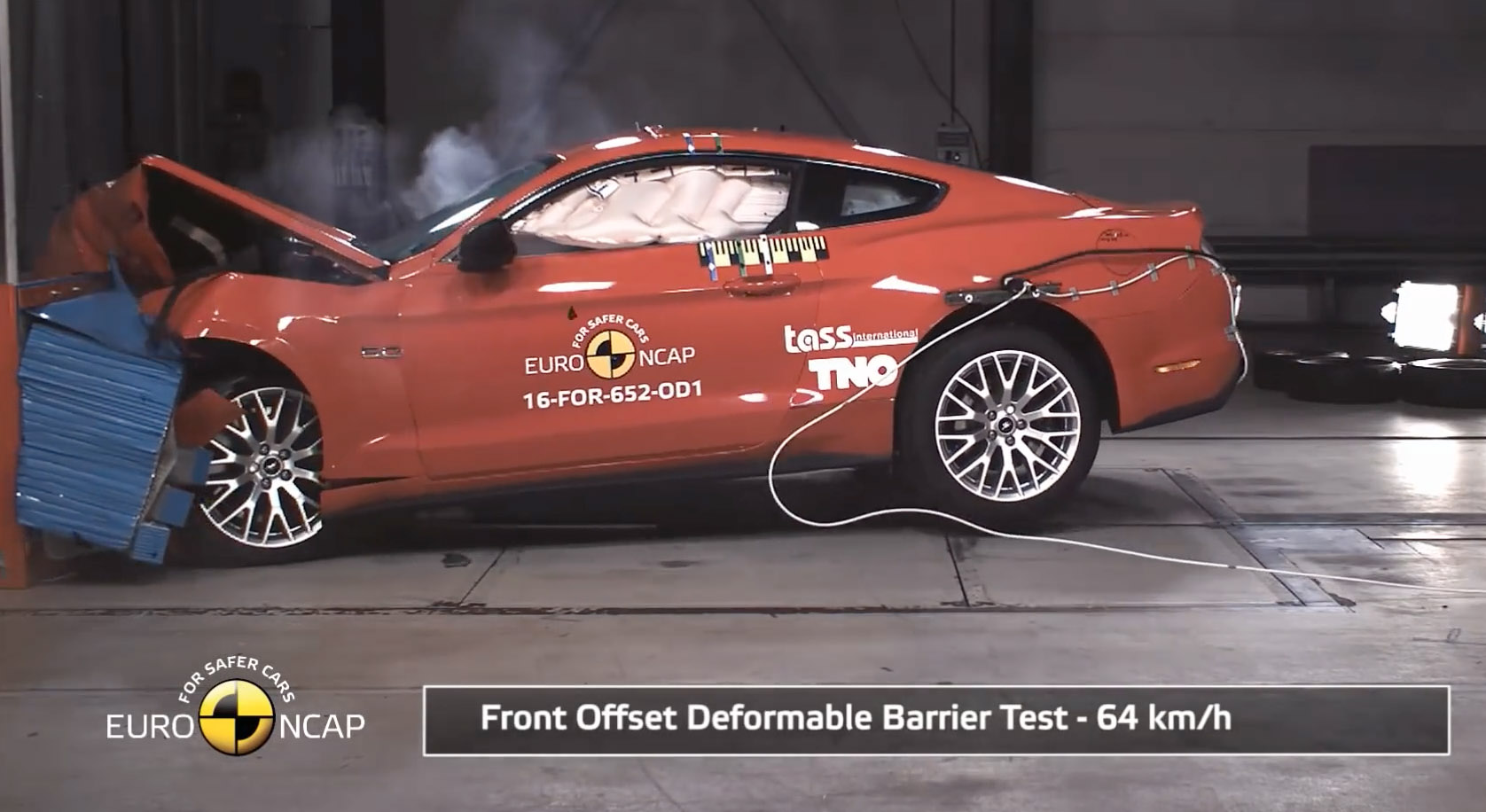





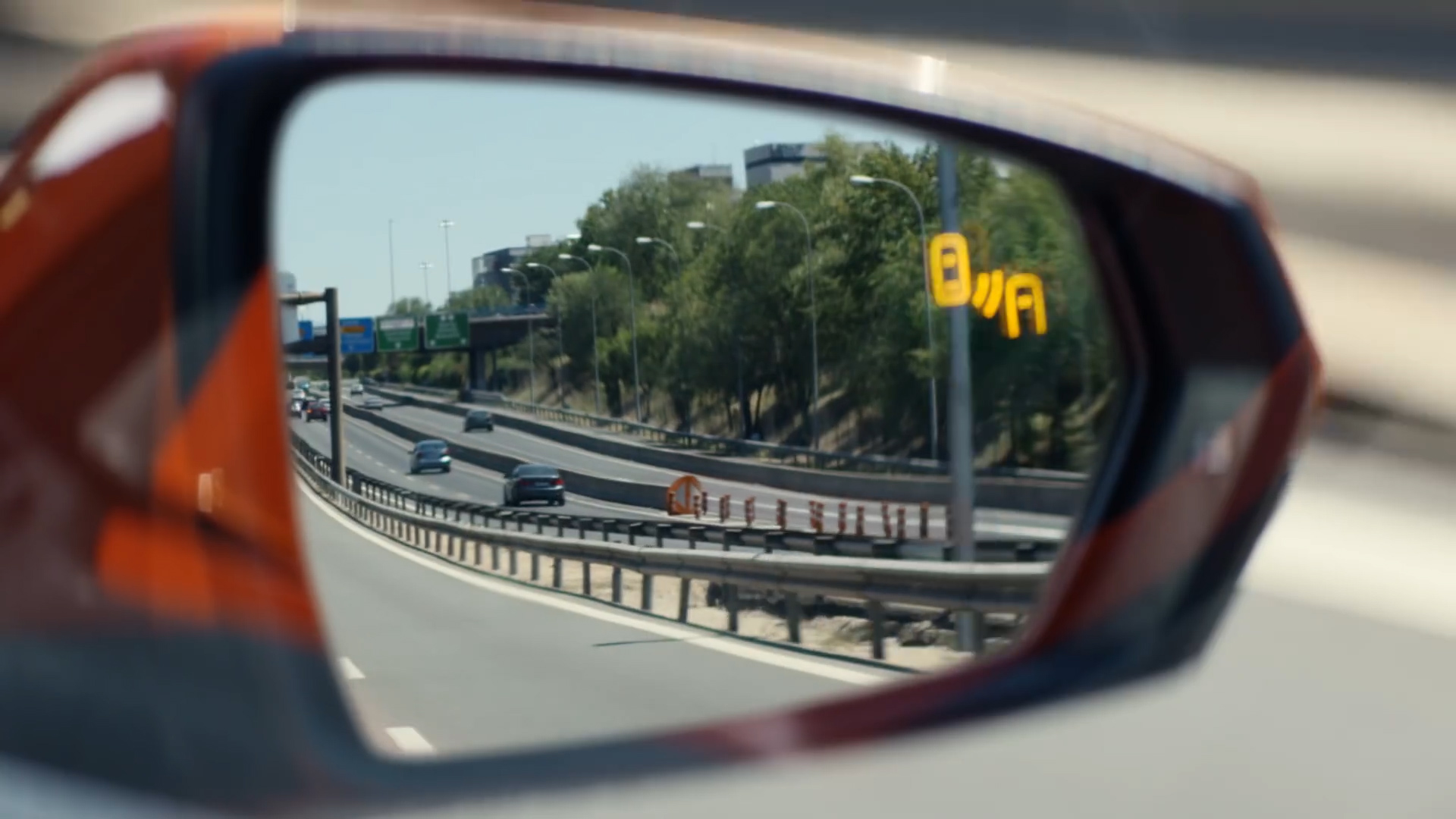











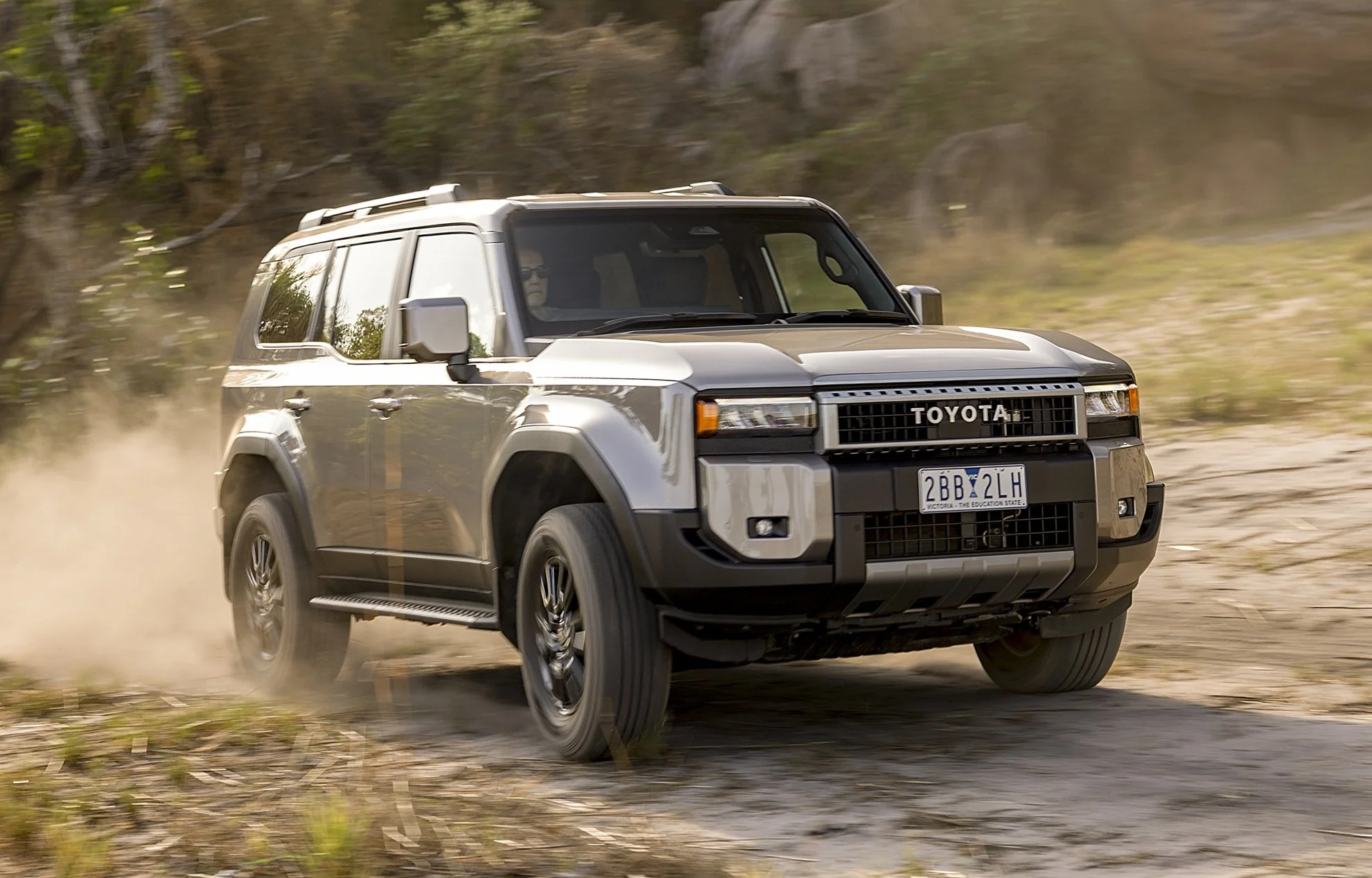
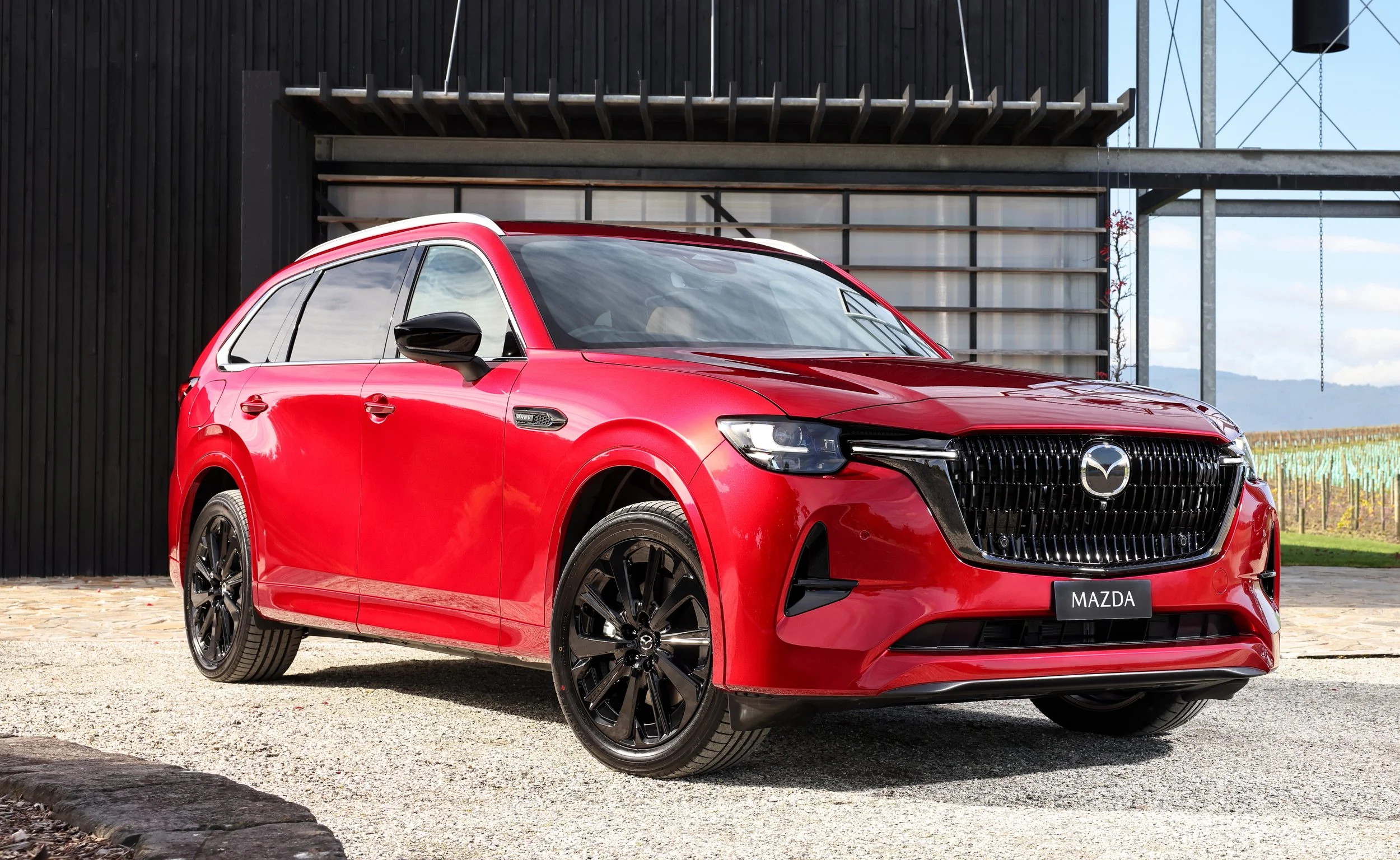


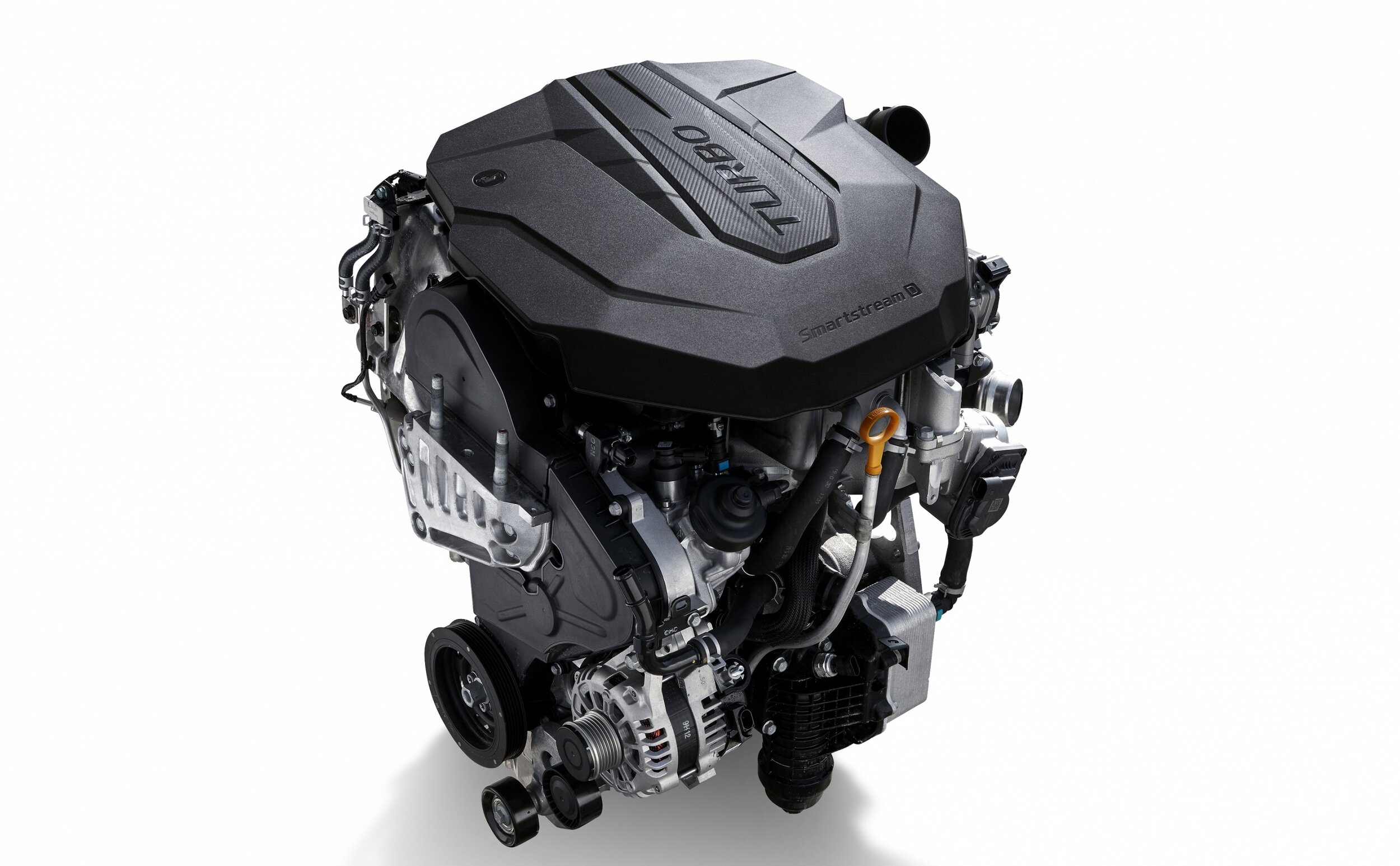


The Mazda BT-50 is more than just an Isuzu D-MAX clone. It can tow, carry and transport with relative ease, but it’s also great value and offers a premium interior - for a ute.